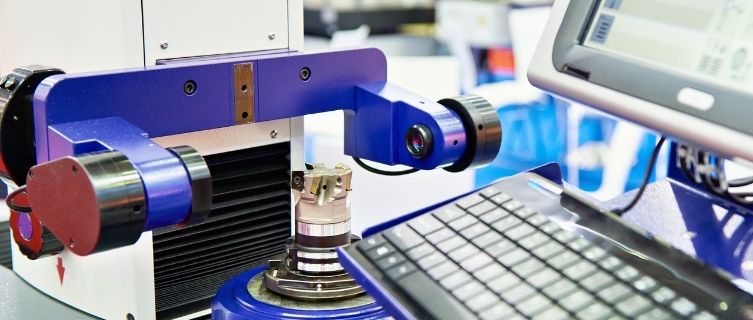Does machine translation have a role in the language translation industry?
Machine translation dates back as early as the 17th-century and has gone through many iterations. However it wasn’t until the late 1980’s, when computer power began to increase and costs began to decrease, that the foundation for our current online machine translation technology was born. Today, the digital generation has the luxury of entering a word or phrase on Google Translate, and the translation appears nearly instantaneously. But, is the translation always accurate? For those who have used Google Translate, you know that it is prone to errors – making translation verification a must.
The question then becomes: can the language translation industry put machine translation to work for the benefit of its translators and clients? Let’s first take a look at machine translation limitations.
1. The rules of grammar
Let’s face it, in English we don’t always communicate according to our language grammar rules. Since the machine is limited in its syntax rules, the translation may vary greatly from its original meaning. For example, if you type “where did you go?” in Google Translate, you will receive “où avez-vous” in French. But this actually means “where have you.” As you can see, grammatically this phrase is incorrect, and even more concerning is if you’re trying to translate into a language you don’t know well, you’ll end up with a document that contains countless misspellings and grammatical errors.
2. Context matters
If idiomatic expressions are a part of what you need translated, a machine will most certainly fail you. In addition, the machine is unable to determine whether an idiom that works in one Spanish-speaking country, for example, will make sense in another.
In addition, you’re likely to encounter slang and expressions translated verbatim which, of course, never works. Since many languages have idioms that mean the same thing, but are completely different from what we would say in the U.S., you’re more than likely to be left with translated material that is not useful – or worse distributed in a new market. For instance, in Czech, “to walk around hot porridge” means “to beat about the bush.” Will a machine know this meaning… of course not. Machines have no knowledge of expressions, slang or local culture.
3. It’s not just words that matter
Every piece of communication has a style and a tone, and it’s your brand that sets your business apart from the competition. Since machines don’t possess the ability to write in a particular voice, your material will sound like it was written by a machine. What if your document needs to be written in a certain style such as formal, informal, sophisticated or witty? By leaving translation solely to a machine, the deliverable will be translated word-for-word. No more, no less.
4. Language changes
Every year, dozens of words are added to the dictionary, and others removed. Or for that matter, used for a certain period of time and then replaced by other words or phrases. Take for example, “groovy” and “far out.” Machines are unable to keep pace with the speed that our language evolves. This is particularly true in technical documents.
When a document is translated into another language by a machine, how can you be sure it’s not pulling words that are no longer used or now have a different meaning?
Putting machine translation to work
It’s true, using a machine to translate your documents can save you money… at least initially. Even though machine translation technology has made great strides in recent years, it still makes many mistakes. To be on the safe side, you’ll need an editor to review the translation for accuracy. If too many errors are found, your translation project will need to start at ground zero. And this means that all the time, effort and yes money invested in the original translation was for naught.
With the right translation company, you’ll get it done right the first time. Professional translators understand everything that’s important to you: culture, context, style, and tone.
Does this mean that machines should never be used to translate documents? On the contrary, when paired with professional translators, you can not only save time but money. Enhanced machine translation (EMT) extends beyond what machine translation can provide to give you machine speed with human quality.
If you’d like to learn more about how BURG Translations helps you ensure high quality translations, contact us today.



